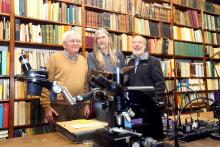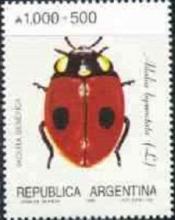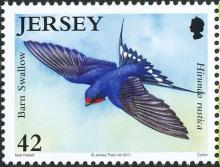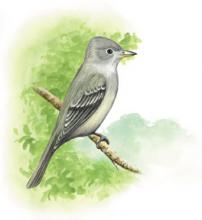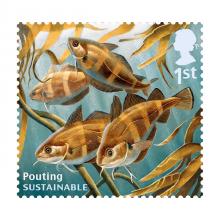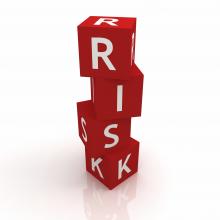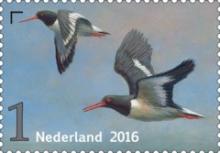Krefelder Paul Nothers warnt seit langem vor Einsatz von Pestiziden
Die Insekten-Population ist in den vergangenen 27 Jahren um knapp 80 Prozent zurückgegangen. Paul Nothers, diplomierter Landwirt, passionierter Jäger und Bundesverdienstkreuzträger, hat schon vor drei Jahren lautstark vor dem Insektensterben und den Folgen für ganze Ökosysteme durch den Einsatz von Herbiziden und Pestiziden, allen voran Neonikotinoide und Glyphosat, gewarnt. Seit vielen Jahren beobachtet der 84-jährige Orbroicher mit großer Sorge die Abnahme der Insekten.

